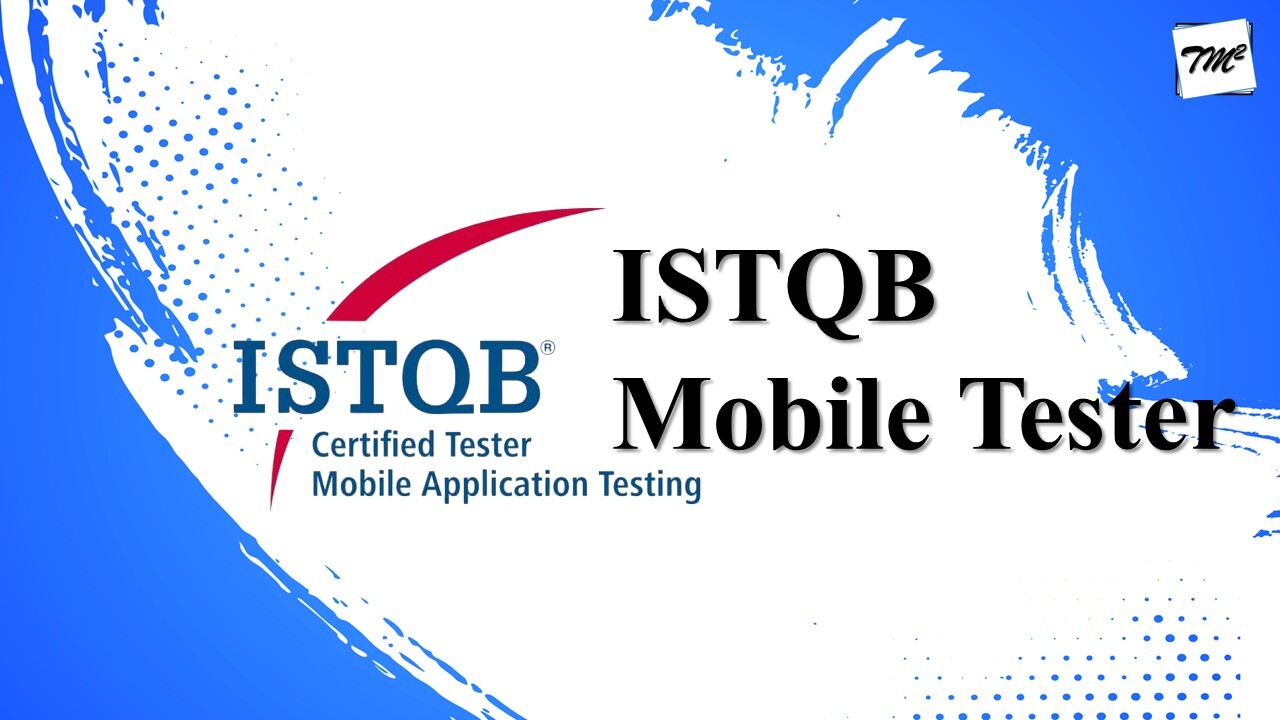Mobile World - Business and Technology Drivers
Business Models for Mobile Apps
Types of Mobile Applications
Mobile Application Architecture
Test Strategy for Mobile Apps
Challenges of Mobile Application Testing
Risks in Mobile Application Testing
Mobile Application Test Types
Testing for Compatibility with Device Hardware
Testing for Device Features
Testing for Different Displays
Testing for Device Temperature
Testing for Device Input Sensors
Testing Various Input Methods
Testing for Screen Orientation Change
Testing for Typical Interrupts
Testing for Access Permissions to Device Features
Testing for Power Consumption and State
Testing for App Interactions with Device Software
Testing for Notifications
Testing for Quick-access Links
Testing for User Preferences Provided by the Operating System
Testing for Different Types of Apps
Testing for Interoperability with Multiple Platforms and Operating System Versions
Testing for Interoperability and Co-existence with other Apps on the Device
Testing for Various Connectivity Methods
Common Test Types and Test Process for Mobile Applications
Common Test Types Applicable for Mobile Application
Globalization and Localization Testing
Additional Test Levels applicable for Mobile Applications
Testing for Application Store Approval and Post-release Testing
Experience-based Testing Techniques
Session-Based Test Management (SBTM)
Mobile Test Process and Approaches
Mobile Application Platforms, Tools and Environment
Development Platforms for Mobile Applications
Common Development Platform Tools
Emulators & Simulators
Overview of Emulators & Simulators
Using Emulators and Simulators
Automating the Test Execution
Automation Tools Evaluation
Approaches for setting up an Automation Test Lab


